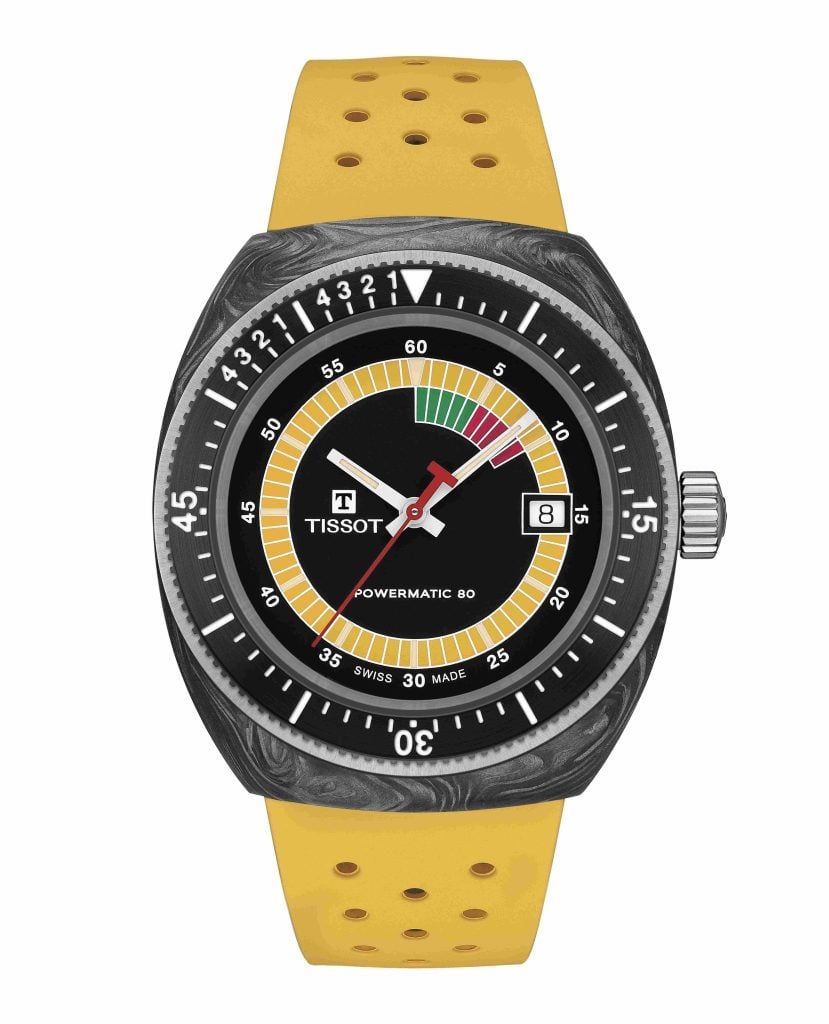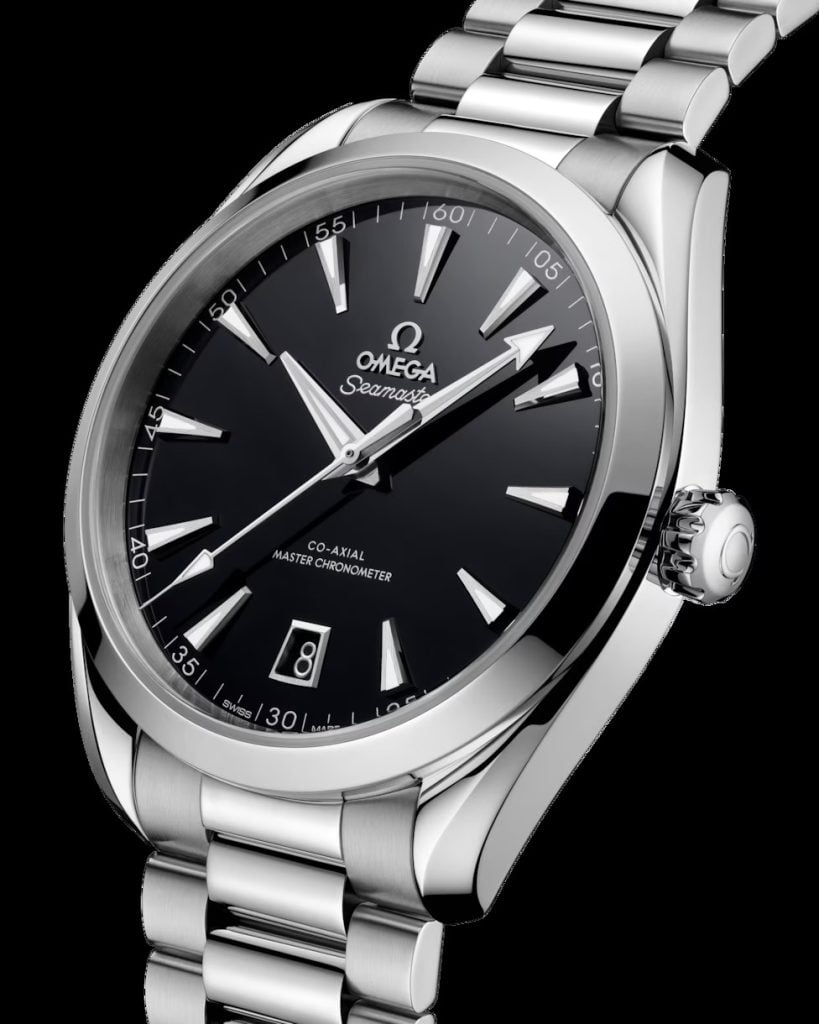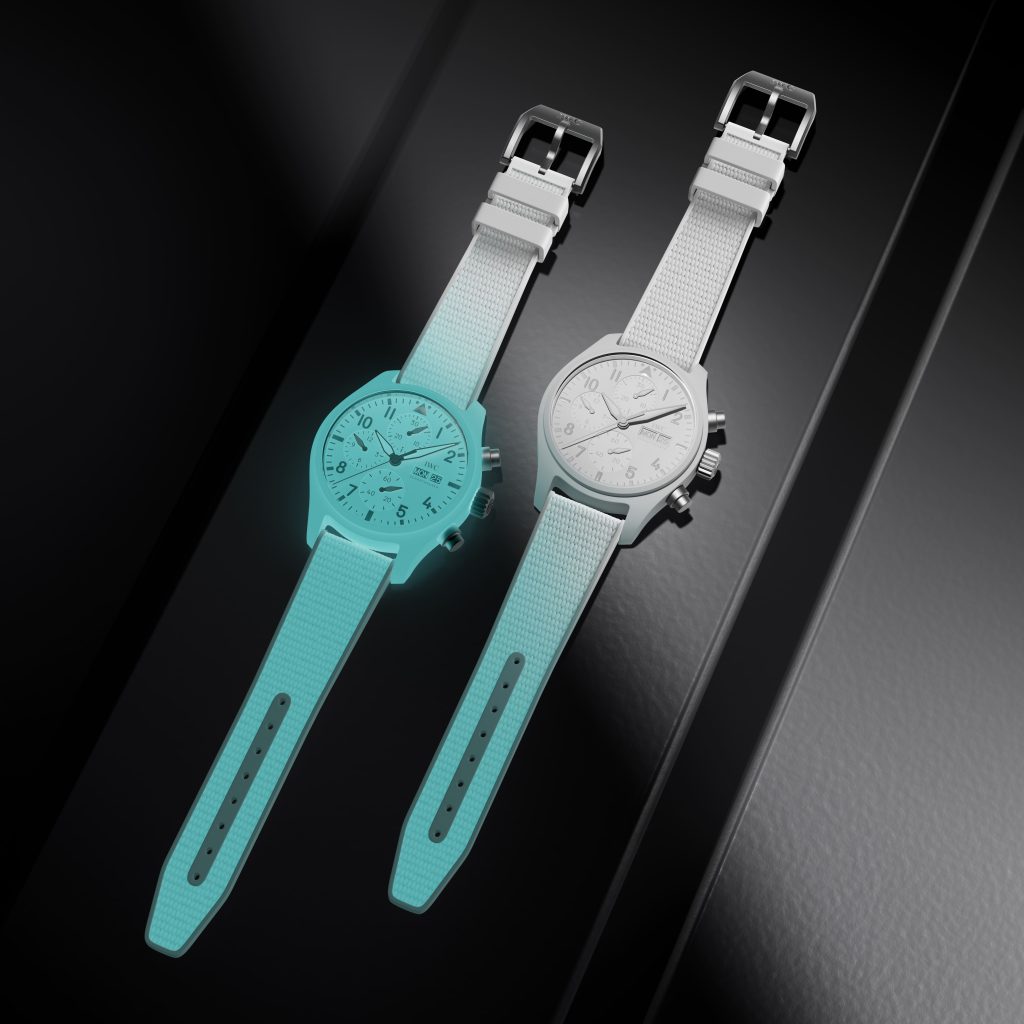What Are Watch Lugs, Why They’re The Key To Perfect Fit And Timeless Design
A deep dive into why watch lugs matter and how they shape comfort, fit and character. Understand lug design, lug-to-lug measurements and the hidden details that define how a watch truly wear
Every watch enthusiast has had this moment: a timepiece looks perfect in photos, ticks every spec-box, wins every heart online—until it finally sits on your wrist and suddenly feels… all wrong. Too long, too flat, too awkwardly perched like a guest who wasn’t invited. The culprit, more often than not, is the watch’s lugs. Those tiny extensions of the case, often dismissed as mere connectors for a strap or bracelet, can make or break the wearing experience. They’re the hidden architects of comfort, the invisible sculptors of how a watch hugs your wrist and the unsung stylists shaping the entire silhouette of a design. In short, lugs matter—far more than most buyers realise. And once you understand them, you’ll never look at a watch the same way again.

Why Lugs Matter
Ask any seasoned collector what makes a watch wear well and they’ll tell you it’s not the diameter, not the thickness and not even the shape of the case, it’s the lugs. These seemingly simple protrusions have a profound influence on how a watch sits, feels and expresses itself on the wrist. They are the quiet engineers of ergonomics, the design details that even luxury brands obsess over because they know one universal truth: great watches are not just measured by how they look, but by how they wear.
Lugs determine comfort in two important ways: their length and their angle. The famous lug-to-lug measurement, often ignored by beginners, reveals the actual footprint of a watch on the wrist. A 40 mm watch with a 50 mm lug-to-lug span can feel larger than a 42 mm watch with short, curved lugs. Watchmakers have learned this the hard way, which is why contemporary designs often trend toward shorter lugs or cleverly angled profiles that wrap around the wrist. This curvature creates a natural, secure fit—especially for enthusiasts with smaller wrists, where long or flat lugs can make a watch appear like it’s overreaching its boundaries.

Beyond ergonomics, lugs have an outsized impact on design character. They frame the case, influence proportions and often define the personality of a watch. Angular, sharp lugs lend themselves to sporty or tool-watch aesthetics. Tapered or twisted lugs, such as the legendary “lyre lugs” found on many Omega models, carry an elegance that elevates even the simplest dial. Integrated lugs, meanwhile, dissolve the visual boundary between case and bracelet, creating a seamless aesthetic made famous by icons from the 1970s. Collectors instantly recognise these designs because the lug treatment becomes an essential part of the watch’s identity.
Different lug styles communicate different stories. Straight lugs offer a utilitarian charm, harking back to mid-century military watches where functionality trumped flair. Hooded lugs create a cleaner, more modern look, often disguising the length of the watch and allowing a strap to sit closer to the case. Skeletonised or sculpted lugs bring artistry to watchmaking, proving that even tiny structural elements can carry creativity. Each variation informs how the watch feels emotionally—classic, futuristic, rugged, luxurious—and often determines what type of wearer gravitates toward it.

Lug width is another detail that deserves attention. This measurement dictates what straps the watch can accommodate, and it plays a role in wearability and versatility. A wider lug width generally makes a watch look more robust, while narrower widths lend refinement. Strap lovers know the joy of experimenting with leather, rubber, NATO or steel, and the lugs are the gateway to that entire world. Get the width wrong and the watch feels awkwardly proportioned; get it right and suddenly the entire experience clicks.
Several modern watches owe their success to exceptional lug design. Grand Seiko, for instance, is known for its sharply faceted, Zaratsu-polished lugs that catch light with precision. Tudor’s Black Bay line has evolved its lug profiles over generations, trimming thickness and reshaping curvature to improve comfort. Even minimalist dress watches depend heavily on gentle, well-angled lugs to achieve that sleek, elegant wrist presence that collectors cherish.

What makes lugs particularly fascinating is that they blend engineering and aesthetics in equal measure. They must be strong enough to secure a strap yet graceful enough to complement the case. They must guide the way the watch rests on the wrist while contributing to the emotional expression of the design. This duality is what elevates lugs from a structural necessity to a craft of their own.
Ultimately, understanding lugs is understanding watches. Once you begin noticing their lengths, shapes, bevels and angles, you’ll start to appreciate the hidden artistry behind every well-wearing timepiece. You’ll spot design genius where others see simplicity. And you’ll quickly realise why two watches of identical size can feel entirely different on the wrist.